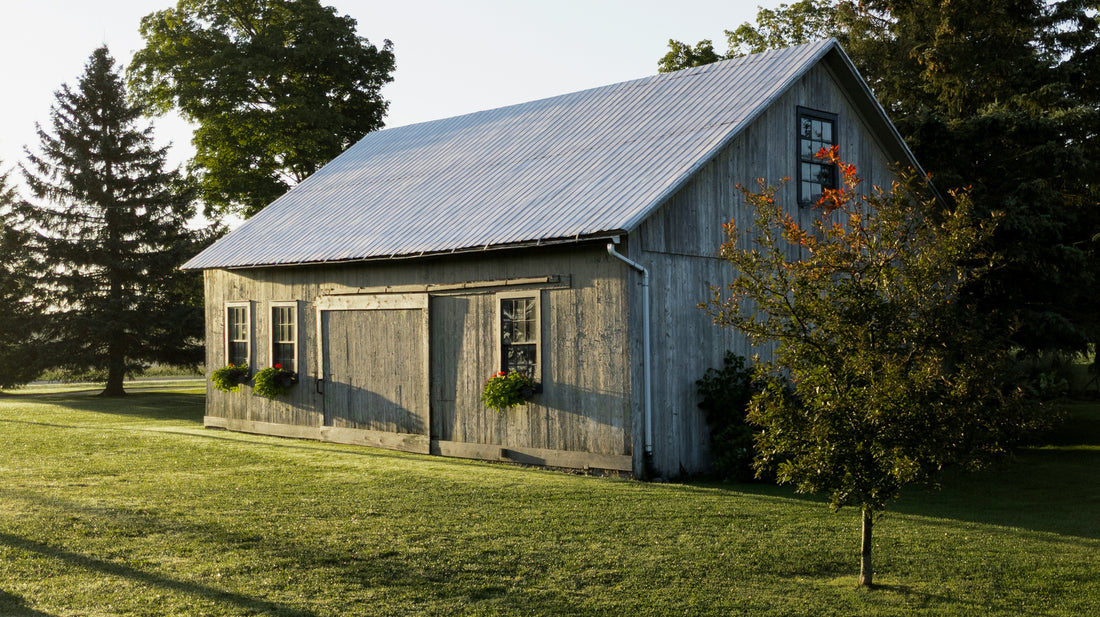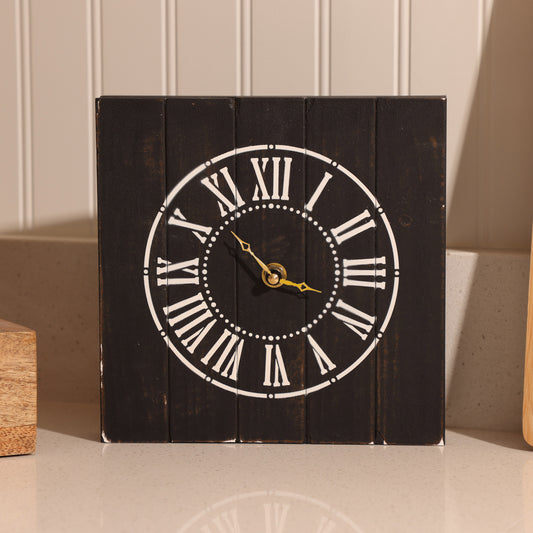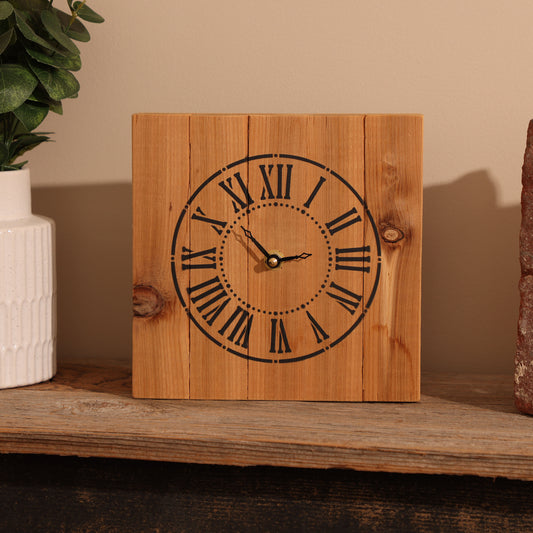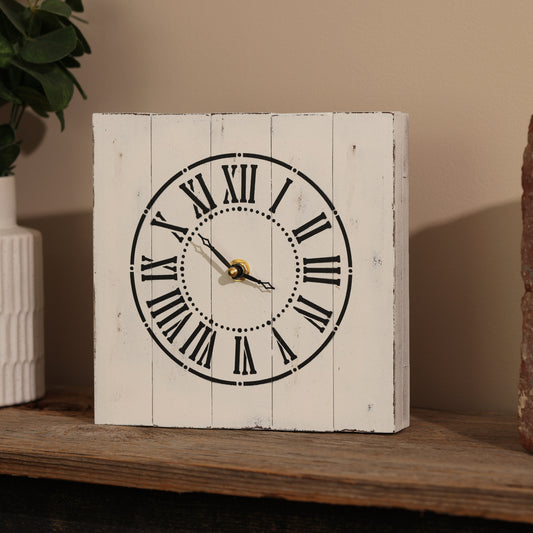
The History of Farmhouse Décor: From Rustic Roots to Modern Style
Farmhouse décor has become one of the most beloved design trends of the last decade, but its story stretches back much further than today’s Pinterest boards. Rooted in practicality, comfort, and charm, this style has transformed over centuries while keeping its welcoming spirit intact.
If you’ve ever wondered how farmhouse décor began, where it thrives today, and why it continues to inspire, let’s take a trip back in time to explore the history and styles of this timeless look.
The Origins of Farmhouse Décor
The farmhouse style first emerged out of necessity, not fashion. In the 18th and 19th centuries, American farmhouses were designed with one priority in mind: functionality. Early settlers and farmers built their homes from local wood, stone, and clay, creating simple, sturdy structures that could withstand the seasons.
Décor followed the same principle. Furniture was handmade, often by the family themselves, and every item had a purpose. Wooden tables, ladder-back chairs, hand-stitched quilts, and stoneware crocks weren’t just for aesthetics — they were essential for daily living. Yet over time, this no-frills approach developed its own charm, blending natural textures and cozy comfort in a way that still appeals today.

Farmhouse Décor Across the Country
As America grew, different regions shaped their own versions of farmhouse style.
- New England: Known for white clapboard farmhouses and coastal influences, New England farmhouse décor often included painted wood, nautical touches, and simple, colonial-inspired furniture.
- The South: Southern farmhouses leaned into hospitality, with wide front porches, rocking chairs, and airy interiors that kept homes cool. Décor included iron fixtures, floral fabrics, and plenty of wood finishes.
- The Midwest: In the heartland, farmhouse décor remained rustic and practical. Barn wood furniture, patchwork textiles, and open kitchens created spaces made for gathering.
- The West: As pioneers moved westward, farmhouse design blended with frontier practicality. Log elements, raw stone fireplaces, and handmade furnishings became the norm.
Today, farmhouse décor is still especially popular in the South, Midwest, and rural areas across the U.S., though it has also made its way into suburban and urban homes thanks to its cozy, welcoming aesthetic.
The Evolution of Farmhouse Décor Styles
While its foundation hasn’t changed, farmhouse décor has evolved into several unique styles, each offering its own twist on the classic look.
- Classic Farmhouse: Rooted in rustic charm, this style highlights distressed woods, open shelving, vintage finds, and handmade accents. It’s simple, timeless, and full of character.
- Modern Farmhouse: Popularized in recent years, this variation mixes farmhouse warmth with sleek, clean lines. Neutral palettes, matte black fixtures, and shiplap walls define this updated version.
- Shabby Chic Farmhouse: A softer, more feminine take on farmhouse décor, shabby chic emphasizes whitewashed furniture, muted pastels, and romantic details like ruffles and vintage florals.
- Industrial Farmhouse: This style pairs farmhouse comfort with urban edge, blending metal and wood, exposed beams, and salvaged materials for a more rugged feel.
- French Farmhouse: Inspired by the French countryside, this version introduces elegance with ornate mirrors, wrought iron, and stone floors alongside rustic woods.
These sub-styles show just how versatile farmhouse décor has become, allowing homeowners to tailor the look to their own personalities while keeping that essential sense of warmth.
Why Farmhouse Décor Remains So Popular
At its core, farmhouse décor is about creating spaces that feel inviting, lived-in, and personal. Unlike overly polished trends, farmhouse style embraces imperfection — whether it’s the patina of aged wood, the soft wear of a handmade quilt, or the unique character of a one-of-a-kind clock or planter box.
It also fits seamlessly with today’s love for sustainability and handmade goods. Many homeowners prefer supporting artisans, repurposing vintage finds, and choosing décor that tells a story — all values that align perfectly with the farmhouse tradition.
Final Thoughts
The history of farmhouse décor is rich with tradition, resilience, and charm. From its humble beginnings in early American homes to its modern reinvention in today’s interiors, it has remained true to its roots: simple, functional, and welcoming.
Whether you gravitate toward classic farmhouse, modern farmhouse, or shabby chic farmhouse décor, one thing is clear — this style is here to stay. It connects us not just to our homes, but to a long tradition of comfort, craftsmanship, and timeless beauty.



